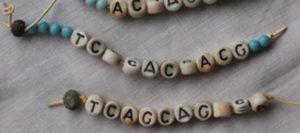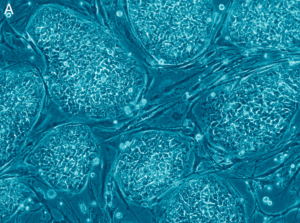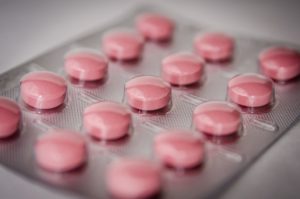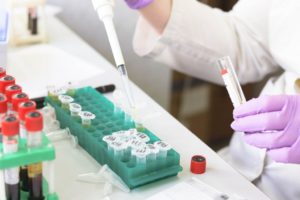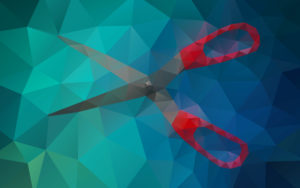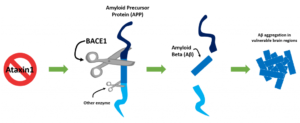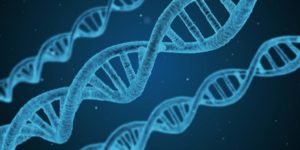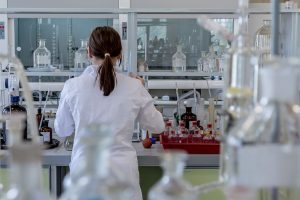
Gene Therapy Validated In Human SCA3 Stem Cells
Written by Dr. Marija Cvetanovic Edited by Dr. Sriram Jayabal Research group in Michigan report the creation of the first NIH-approved human cell model that mirrors SCA3 disease features – cellular defects that, after gene therapy, show improvement Spinocerebellar ataxia type 3 (SCA3) is a dominantly-inherited, late onset genetic disease Read More…


